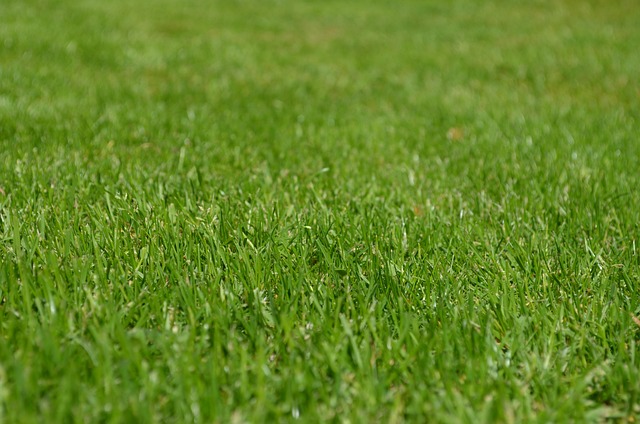Lawn Care and Landscaping requires understanding your lawn's unique water needs, which vary by grass type, climate, soil, and sunlight. Create a tailored water management plan and install efficient irrigation systems like drip irrigation for drought areas or sprinkler systems for larger spaces. Choose components like controllers, pipes, emitters/nozzles strategically based on landscaping design. Meticulously plan and execute installation, including needs assessment, layout design, preparation, digging trenches, piping, connection to water sources, leak testing, and regular maintenance.
Irrigation system installation is a key component of successful lawn care and landscaping. Understanding your lawn’s unique water needs forms the foundation for effective system selection and placement. This article guides you through the process, from evaluating watering requirements to choosing the right irrigation system types and components tailored to your landscape. We’ll also provide a step-by-step installation guide ensuring optimal performance and easy maintenance.
- Understanding Your Lawn's Water Needs: A Foundation for Effective Irrigation System Installation
- Choosing the Right Irrigation System: Types and Components to Suit Your Landscaping
- Installation Process: Step-by-Step Guide for Optimal Performance and Maintenance
Understanding Your Lawn's Water Needs: A Foundation for Effective Irrigation System Installation

Irrigating your lawn effectively is a delicate balance, requiring an understanding of your grass’s specific water requirements. Different grasses have varying needs, influenced by factors such as climate, soil type, and sunlight exposure. For instance, warm-season grasses like Bermuda or Zoysia thrive with less frequent but deeper watering, while cool-season varieties like Kentucky Bluegrass and Fescues demand more regular, shallow irrigation.
Proper lawn care and landscaping practices involve creating a water management plan tailored to these needs. This includes installing an efficient irrigation system that delivers the right amount of water at the most suitable times. By considering your lawn’s unique characteristics, you can set the foundation for a robust, healthy lawn while ensuring water conservation through responsible landscaping.
Choosing the Right Irrigation System: Types and Components to Suit Your Landscaping

When it comes to irrigation system installation, selecting the right type is key to efficient lawn care and landscaping. The first step involves understanding your property’s unique needs. Factors like climate, soil type, and available water sources determine the best approach. For instance, drip irrigation is ideal for areas with drought-like conditions, as it delivers water directly to plant roots, minimizing waste. In contrast, sprinkler systems are more suitable for larger, open spaces, offering a thorough and uniform watering solution.
Each system has its components, all vital to ensure optimal performance. These include controllers that regulate watering schedules, pipes distributing water, and emitters or nozzles responsible for actual water discharge. Choosing the right combination depends on your landscaping design. For example, in flower beds or around shrubs, precision-stream emitters provide targeted watering, while sprinkler heads cover larger areas efficiently. By considering these aspects, you can create a tailored irrigation system that supports lush greenery and reduces water wastage, ultimately enhancing your lawn care and landscaping efforts.
Installation Process: Step-by-Step Guide for Optimal Performance and Maintenance

The installation process of an irrigation system is a meticulous task that requires careful planning and execution to ensure optimal performance and long-lasting maintenance in lawn care and landscaping. Here’s a step-by-step guide to navigate through this process.
Begin by assessing your property’s unique needs, considering factors like climate, soil type, and existing vegetation. Design an efficient layout for the irrigation system, strategically placing sprinklers or emitters to cater to these specific requirements. Next, prepare the grounds by clearing any debris or obstructions, ensuring smooth installation. Digging trenches (if necessary) and laying out the pipes according to the designed layout is crucial. Properly connect the pipes to the water source, using suitable fittings and valves for control. Test the system thoroughly after installation to identify and rectify any leaks or malfunctions before finalizing the setup. Regular maintenance, including cleaning filters and checking for blockages, will guarantee the longevity of your irrigation system, keeping your lawn lush and well-maintained.
Irrigation system installation is a key component of effective lawn care and landscaping. By understanding your lawn’s water needs, selecting the right system type, and following a meticulous installation process, you can ensure optimal performance, minimize maintenance, and promote lush, green grass year-round. These steps are essential for any homeowner looking to enhance their outdoor space and create a beautiful, sustainable landscape.














